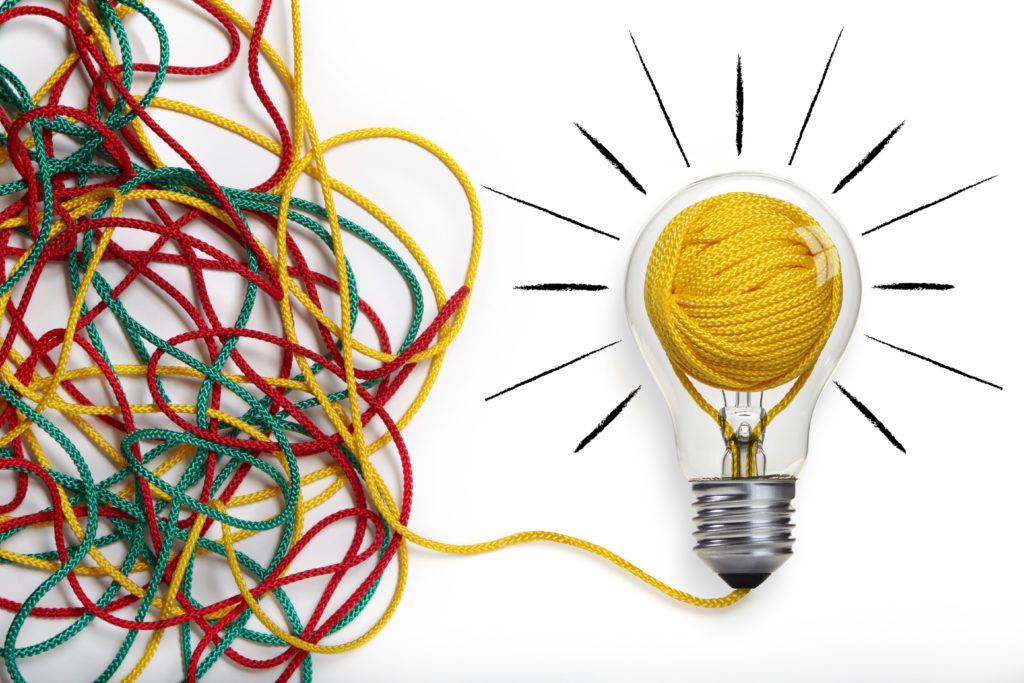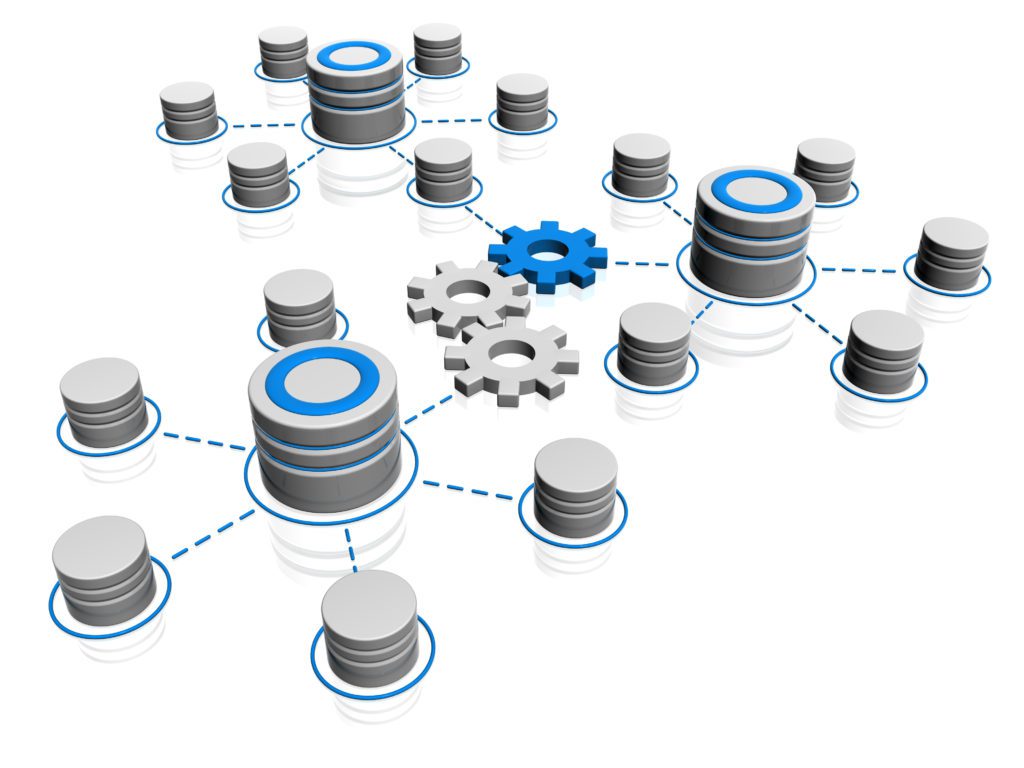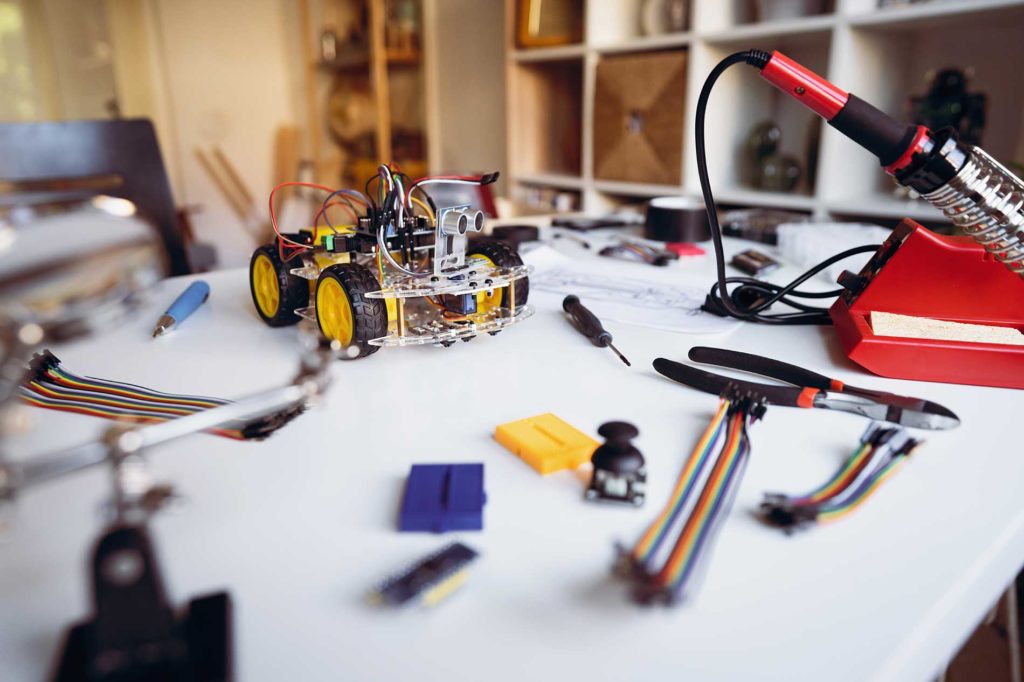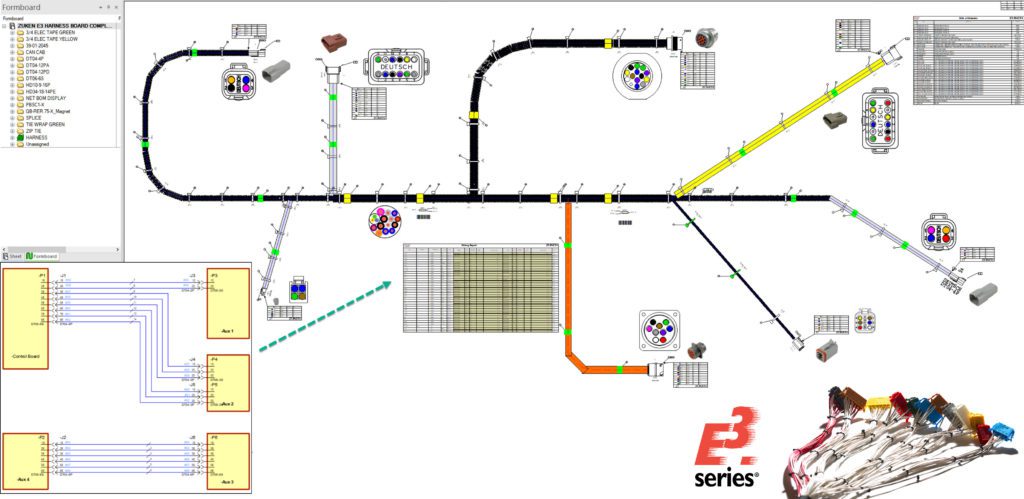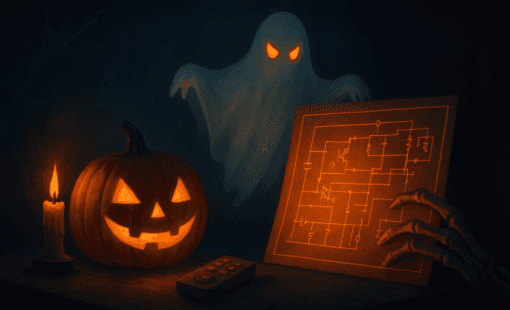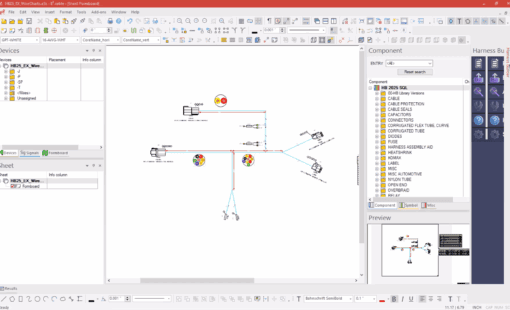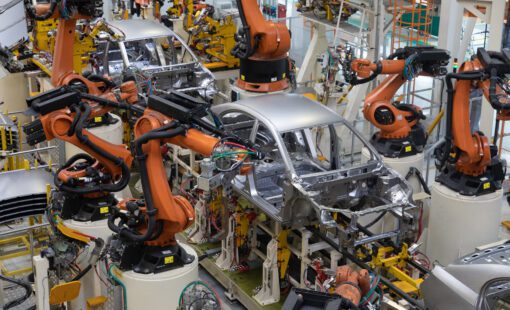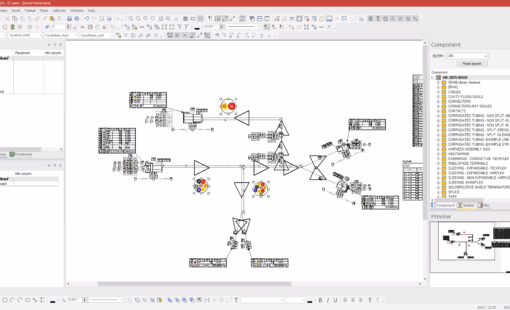Is a Cable and Wire Harness Design Solution Necessary?
Cable and Wire Harness Design is challenging at the best of times. Choosing the right design solution can make a world of difference to the effort needed to produce a high-quality cable or wire harness. Moreover, the cable and wire harness design is not the end goal. The goal is to create an assembly that is the nerve center of a product while minimizing production and manufacturing overheads. The process of picking a design and manufacturing solution that addresses the increasing complexity and demands of an ever-changing competitive landscape is challenging. More so, considering that the traditional manual, labor-intensive cable and wire harness design-to-manufacturing processes are largely obsolete. An efficient design-to-manufacturing process needs a solid ecosystem of intelligent systems collaborating to produce the best results in the least time at the lowest price.
So the question is, how do you pick the right Cable and Wire Harness Design tool for the job? What critical components make the design process an asset and not an overhead?
Commonly, the initial list of requirements gravitates towards abstract terms like easy-to-use or some set of features that solve a sore point in the current design process. The list adds more features as the cycle goes on; some nice-to-haves and some fillers. In an ideal world, all the design solutions solve the same challenges, with the only selection factor being the user interface. Unfortunately, the design solutions are not equal and vary wildly in capabilities across the design spectrum.
Let’s explore in detail the top 10 features that make a cable and wire harness design solution ready for next-generation design-to-manufacturing flow.
- Intelligent Quotes
- Error Checking
- Design Rules
- Design Reuse
- Parts Management
- Manufacturing Drawings
- Reports and Documentation
- Automated Cable and Wire Harness Testing
- Manufacturing Work Instructions
- Digital Formboards and Automated Manufacturing
1. Intelligent Quotes
Often quotes lack details from the preliminary design that add to the project’s cost. For instance, consider a connector; the contacts are essential to estimate material costs, and the assembly complexity impacts the labor costs. Ignoring critical material and labor costs underestimates the project’s overall cost, affecting profitability.
A harness design solution must have the ability to capture components and related labor costs at the project or subassembly level. Furthermore, an ideal tool will connect with business systems to ascertain the current prices and provide a draft roll-up of assembly costs driven by the preliminary design data. Additionally, a design-driven quote enables the reuse of the initial design reducing rework.
2. Error Checking
Mundane errors and omissions are near the top of the common causes for delays and cost overruns. Wire harness designers need a solution that automatically checks for errors during the design process. What are some of the error checks that can save the most time and effort? Typically, the list should go from the most frequent errors seen in the design process to the least frequent while also considering their impact on the overall process.
Signal compatibility and short circuit avoidance checks are necessary for any wire harness design software from a logical design standpoint. Whereas ensuring wire sizes match the connector and contact specifications will avoid delays and rework during assembly. Many such checks help simplify the design process. For instance, checking the compatibility of mating connectors without manually looking up the datasheet every time goes a long way.
3. Design Rules
Every design team or product type will have rules guiding the design process. The lack of design rules to establish guard rails around the design process is a tell-tale sign of an inefficient workflow. Typically, the leading cause for unenforced design rules is the inability of the current tools to seamlessly and effectively enforce them. Suppose a design team is enforcing the design rules manually; sooner or later, the process will morph the rules to find efficiencies.
A cable and wire harness solution needs built-in automated design rules forming an integral part of the design process. Also, the design rules must work with minimal manual intervention. The design rules may be as simple as the naming convention or as complex as the type of connector contact material used in the product. Nevertheless, assigning rules simplifies the design overhead for wire harness designers and helps them focus on the design itself.
4. Design Reuse
The old adage of reinventing the wheel still stands true. Repeatedly creating the same designs or subset of it is a drain on resources and inevitably causes slight variations in the end product. A design solution that provides an efficient path to reuse established designs improves the design-to-manufacturing process.
The reuse options must enable designers to save small design subsets or entire harnesses to apply intelligently as and when required. Moreover, the reuse must keep the original intent of the design while providing the opportunity to make minor edits, if needed. Importantly, the reuse options must integrate seamlessly into the design and reporting framework without causing additional overheads.
5. Parts Management
A library of parts is a defacto core of a harness design tool. That is to say, if a solution does not have a library of components, it is time to move away from it at light speed. The number of parts in the library is essential since it helps eliminate the parts creation step during the design process. That said, all libraries are not made equal. Notably, the content of the part library plays a vital role in facilitating the automation, error checking, documentation, and manufacturing automation.
The richness of parts data is key to unlocking the next level of productivity. The library needs to store complex relationships and critical information about the components. As the information available to the design engineers increases, the less time they have to spend searching catalogs and datasheets. For instance, storing and associating the correct connector parts such as contacts, crimps, caps, boots, backshells, and related assembly tools ensure the designers can focus on the design.
The parts library for a design solution must also have the ability to capture component attributes. These attributes typically drive various stages of the product development cycle. For instance, crucial business processes rely on details like cost, labor time, manufacturer, supplier, part numbers, and many more to enable final product delivery. Also, the application must provide functions to connect to ERP (Enterprise Resource Planning) systems to ensure attributes are up to date in the library. Furthermore, the library needs to be shared across teams and sites to enable users to work from a standardized dataset.
6. Manufacturing Drawings
Logical designs are essential to complete the functional architecture of any product. Similarly, the manufacturing drawings are critical to the assembly and manufacturing process. An ideal wire harness design software must provide a platform to accurately communicate logical and manufacturing information. Moreover, the documentation needs to provide ample instructions to eliminate ambiguity on the manufacturing floor.
For instance, a 1:1 scale manufacturing drawing helps assembly teams to follow the harness design details more effectively. Also, assembly teams need details like angles, segment lengths, connectivity, splicing, wire bundling and protection, and much more to boost productivity. Most importantly, the manufacturing drawings must be automatically in sync with the logical design to ensure consistency across the project.
7. Reports and Documentation
Creating reports such as bills of materials, wire run lists, cable schedules, and more is a design overhead in the harness design process. Although the documentation is critical to harness development, the data to drive the reports is readily available in the logical and manufacturing drawings. The wire harness design software must provide an easy and repeatable option to create reports from the project data.
Data formatting is also vital to improve efficiency during the design-to-manufacturing process. Often, data formatting requirements differ based on team composition and work processes across teams. Therefore, flexibility to create custom formats and templates is critical to improving efficiency. Notably, an automated reports generation driven by customizable templates empowers designers to ensure adequate documentation for upstream and downstream processes. Similarly, even partial automation of mundane tasks can pay dividends. For instance, documentation for automating label printing, splice assembly, and other simple tasks streamlines the design to manufacturing workflow.
8. Automated Cable and Wire Harness Testing
It is surprising to see many teams not testing the wire harness before release to manufacturing. Unsurprisingly, the commonly stated reason is the time constraints harness testing puts on the release process. Wire harness testing is essential to maintain quality and eliminate delays in the manufacturing and service phases. Fortunately, automatic testing machines provide test options like connectivity, impedance, signal integrity, and more. However, manually setting up test machines detracts many design teams from adopting a robust testing process.
A solution to these challenges is to drive the test creation and set-up process from the design data. A wire harness design software must provide accurately formatted data to set up automated wire harness testing machines. Automating the test creation process removes the barriers to utilizing automatic wire harness testing machines, drastically raising the quality of any design.
9. Manufacturing Work Instructions
Wire Harness assembly and manufacturing teams require detailed instructions to assemble a wire harness efficiently. A majority of harness design teams create manufacturing instructions with varying levels of granularity. Unfortunately, the process of work instructions creation is predominantly manual. Ideally, the rich design data drives the manufacturing documentation to simplify the creation of manufacturing instructions. However, there are many challenges in automating work instruction creation.
The manufacturing instructions are rarely consistent across projects and teams to create an efficient automation process. A wire harness design software must provide configurable options for authoring work instructions either automatically or semi-automatically driven by the design data. Most importantly, the solution must have a template-driven approach with powerful automation interfaces to address the variations in requirements.
10. Digital Formboards and Automated Manufacturing
Digital formboards driven by augmented reality solutions and automated wire processing machines are revolutionizing the cable and wire harness manufacturing process. The traditional formboard demands an extended set-up and storage cycle, which is not an affordable luxury during a supply chain crunch. Additionally, wire cutting and processing have traditionally been manual processes. There is a considerable potential to reduce harness design and manufacturing costs by adopting automated assembly and wire processing. For instance, augmented or mixed reality has significant benefits over the traditional visualization process with 70% potential time savings.
The next-generation wire harness design software must connect with cutting-edge assembly and manufacturing tools to pave the road to adopt the industry 4.0 manufacturing philosophy. An ideal solution is not only ready for the automation options today but also can connect with the future potential of automated manufacturing solutions.
Zuken’s E3.series Cable and Wire Harness Design Solution
The E3.series cable and harness solution empowers engineers to take advantage of innovative automated test, assembly, and manufacturing solutions to stay ahead of the competition. Zuken’s powerful and versatile wire harness design platform caters to various industry verticals, including transportation, defense, aerospace, machinery, and consumer electronics. The intelligent and purpose-built library structures help capture vital manufacturing data to improve the design to manufacturing workflow. For harness manufacturers, the Harness Builder for E3.series is an integrated module purpose-built to support the custom wire and cable harness market.
The digital formboard determines wire lengths automatically, and a packing algorithm calculates the outside diameter of the harness segments. The interactive automation functions simplify the placement, sizing, dimensioning, and arrangement of harness components and branches. Industry partnerships create a collaborative ecosystem to drive automated testing, manufacturing, and assembly. The comprehensive reporting capabilities help extract data from the design to produce wire lists, bills of materials, quotes, labels, and design packages for connected business systems.
Do you want to discuss the automation options and their advantages with us? Contact us to set up a call. Also, we will be at the annual WHMA wire harness conference. Join us to see the advancements in the wire harness quote-design-manufacturing process.
Related Products & Resources
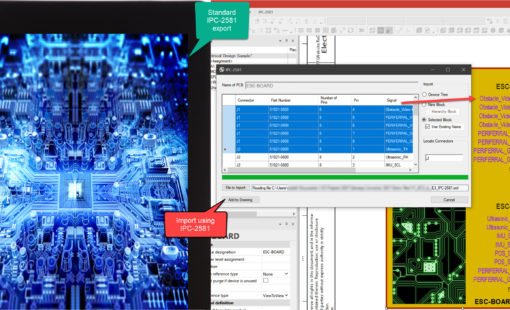
- Products
Digital Engineering requires a model-based design process that begins in Systems Engineering. Zuken acquired Vitech Corporation, a leader in Systems Engineering practices and MBSE solutions, with the intent of implementing an E/E model-based design process.

- Webinar
This webinar will discuss the challenges and best practices of creating a model for the purpose of wire harness and Electronic Control Units (ECU’s) implementation.
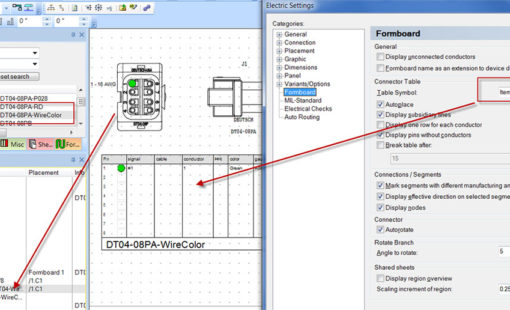
- Products

- Test Drive

